This issue of Craft Leftovers Monthly has a lot to do with making your own books. Ideas, inspirations, tutorials, resources, and of course my own adventures with putting together my own zine each month. One thing I don’t mention (in full) is how I put together Craft Leftovers Monthly.
What is my creative process? How do I come up with enough content for a new issue each and every month… for the last two years + many more to come? And how do I get it all done in just one week? These are the big questions I get asked just about every time I hand someone an issue of clm face to face. I love these questions! They are good ones.
Going back two years,
when I spur of the moment put together that first issue of CLM, it took me just 2 days to write up, put together, and get it out the door. It was a sudden flash of inspiration due to the generosity of one of my readers. I wanted a way to thank her for sending me her old babylock encore sewing machine when mine so tragically broke down – sewing pattern writing came to a grinding halt. And I think a lot of times, when I first get a project going, that’s how it happens. A spark sets off a wild fire of creativity. But how to keep that going? How to make it spread? How to keep recreating that inspiration month after month?
Latching on to what I’m most interested in each month
that is really key. If I go with a topic that I’m only feeling half way, that comes out in the finished project. I feel spread thin and everything feels forced. Like if I’m trying to follow a holiday theme? pth. good luck with that one. I should know better. I really don’t like most holidays so to try to devote 50+ hours of work to one is obserd. I can’t think of enough projects or articles or even a good cover.
When I take whatever I’m most interested in at the time that I’m writing the latest zine up… that’s a whole different story! It’s like the zine all of a sudden isn’t big enough. I could write a full out 100 page book on the topic and still have ideas to spare.
For me, that’s a huge reason why I decided to go into fine arts, instead of becoming an illustrator or graphic designer. After my first few jobs with illustrating and designing posters I knew that the key to my creative flow was not so much having a deadline or a project (which is the case for some of my friends who are amazing graphic designers), it’s about the creative freedom to follow my own train of thought.
That being said, I have some pretty habitual ways when it comes to creating Craft Leftovers Monthly. Over the past two years it’s grown and while it’s impossible for me to have a one day crunch session of writing, drawing, printing, making kits and assembly – I can get it done in 5 days if I work 8 hours a day on it with some extra help at the end to get it all put together (my friends are so awesome that way).
Researching, Mapping, and Creative Flow
Through my studio practice I have found that if I go through certain steps, a outburst of ideas is always the end result. I think it was partially taking art history classes and particially going back to when I was a kid and after reading a story with no pictures being encourage to draw how I saw things played out – or going back even further – copying drawings of my favorite characters from movies and books and then acting out those charaters in make beleive.
Any way I look at it, reading leads to ideas, drawing those ideas leads to excitement, excitement leads to creative flow. This month I was reading a lot about making zines and books. It was all I wanted to learn about. And so I really focused on it and read all I could about making zines and looked at other people’s zines while I was in San Francisco. I took out of the way trips just to check out a zine distro. I am excited about it and just went with that. Did I know that I would choose to write about zine making for the July issue? nope. Did I care what I would do with all this info? not really. What was the outcome? More ideas than I can fit into one issue.
Allowing myself the time to gobble up as much information as I can stand while I’m in that “I want to know everything I can possibly learn about this topic as quickly as possible” stage is really important. It leads to a lot of ideas or even just later when it comes up I can think back “oh yeah, I read x, y, and z about that, I think I would like to try that out now”.
Just letting yourself be inspired and interested in what’s around you is an amazing source for later project ideas and inspiration. It all gets stored up. And sure, some of it I never end up using (like my binge researching how to become a tattoo artist and all the history, techniques, and tutorials on that topic I could soak up), but a lot of it I do end up using (like my recent obsession with triathlons). The thing is, it allows me to make informed decisions and plans without wasting actual doing time – I realized that I did not want to be a tattoo artist after all, but I did discover being a triathlete is not as unattainable as I had thought and am now in the process of getting into shape with my eyes set on a Triathlon 1 year from this month).
Getting Started
After soaking up all that inspiration there still comes a time when I have to plan out the project, set goals, make an outline, and actually get what’s in my head out into the world. And when that time comes I think the hardest part of any project that I know I “have” to do is just getting started. Opening up my sketch book and putting my pen to the page. Coffee shops are great for this. It’s my monthly treat where I allow myself to go to my favorite coffee shop, get a nice steaming cup of sumatra coffee with cream and sugar, and delve into it. I only take my sketch book, pen, pencil, and maybe some water colors pencils if I want to play with colors a bit. It feels more like a treat than work, and the anticipation of enjoying the environment gets me there to get started.
Basically, removing all distractions, going some place where you feel creative and relaxed, and removing the procrastination factor. I want to go to the coffee shop so I won’t procrastinate that, but once there, with only the sketch book to entertain me, I’ll get down to business pretty quickly.
Putting Pen to Paper
Hopefully by this point I have jotted down a few ideas here in there, so I’ll flip back through my sketch book to get on track. Then I start organizing and sort of mapping things out. I brain storm for theme ideas and just write down anything that comes to mind. This time around it was Indie Publishing – not like an independent publishing house, more like me, making content and putting it out into the world. And others doing the same thing.
From there I started writing down all the ideas I had for possible tutorials, articles, reviews, stories, tips, or anything else that might apply.
If a particular kit pops into my mind that fits the over all theme, perfect. I write that down too. If not I’ll make a list of possible ideas to review later.
Then I write down anything else that is a little random that I want to include – like this month I’m adding in a paint by number just for fun.
And if I haven’t already designed the cover I’ll write down key words that will help me to draw it out. In this case I scrawled out: paint brushes, sewing machine, cut & paste, scissors, glue… which when I sat down to draw I threw out all of them other than glue – making clm became the theme so I thought about which items I do that with most readily – the stapler, the zine itself, and glue (sometimes). Just because I write it down does not mean I’m committed.
I also thought of inserts I wanted to make for the zine. Maybe change up the pages a little bit. And I wanted them to be journal points for you, the reader, so I drew up some thumbnails to visually remind me what I was thinking about. You think you will remember, but trust me, you won’t. Just write it all down. You won’t regret that later, but you will regret forgetting the “perfect thing” for x project.
Once I get the basic brain dump done, I start outlining it – how many pages do I think I’ll need for each tutorial, article, story? And then I start rounding out the flesh of each topic.
And usually little stupid drawings are in the mix. I mean, why not. Thumb nails help a whole lot – little rough concept sketches that help me to make sense of the steps in a tutorial or story or what have you.
Once I have the concept down as well as the content, I write out the introduction. For me, this is usually the hardest part, and if I leave it to the last, well, it turns out not so great. I think it really sets to the tone for the whole zine and should be subject to many revisions. If it’s the first thing I write down in full, then It will get rewritten the greatest amount of times.
Finalizing
If time permits I’ll take one more step before even touching my keyboard. I grab my lab notebook (graph paper is great) and I’ll write up the final index, page count, theme, kit, and inserts. Then I recopy in order all the content for each page, starting with the intro and ending with the “Until Next Time”. I write up a full illustration list, figure list, and photo list too. This just helps me to further refine and prepare my ideas before working on the computer.
For me, InDesign is not the most “creative” program, so when I get to the point of laying everything out, I want it to be pretty much copy and pasting.
And that’s the next step:
Putting it all Together
Since my layout is not always the same every month – for instance this month I’m actually changing back to a horizontal format – I always layout the zine in indesign with just the page numbers, take it to the printers, and print it out. Then I know for sure that I won’t have to tinker with the layout after I have all the content in (trust me, if that happens it adds many extra hours of reformatting the whole thing, it sucks. Do it first correctly and a ton of time and headache is saved).
I then layout all my text, proof it, print it, proof it again, and then send it to my friend to have her look at it (just started that last month and I think that lead to it being my best issue yet, Linda, you rock!). While she is cursing my name for bad spelling I take all the photos I need and draw up all the illustrations, insert those, make the corrections Linda suggests, and hand it back to her. She then looks it over for stupid errors like missing page numbers, photos covering up text, odd gaps in texts because of image wrapping, that sort of thing. I make another round of corrections. Print it out. Proof it again.
And then…. ta da! Off to the printer’s I go.
I always print off just one in full, cut it, staple it, and see if everything lines up again – while causing me to curse loudly in front of old ladies and small children if it is messed up – I am always grateful that I’ve taken this step before printing out 50-100 copies. At which point I have to weigh the financial cost of reprinting to looking like an ass. Many times I don’t have enough spare cash for a reprint so I just have to look like an ass. Check first – and this is all avoided.
And then of course there is the end rush of cutting, folding and assembly – but I do talk about that and time saving measures for self assembly in the zine.
A lot of work goes into each issue of Craft Leftovers Monthly, but for me it’s all worth it. I love the idea that I’m sending you a bit of crafty goodness in the post. That is shows up at your door and you may just smile with anticipation – tearing into it immediately, or setting it aside for a moment when you can take your time and savor it.
+++++++++++++++++++++++++++++++++++++++++++++
I have to say, just because it’s only on sale for another two days – make sure to go check out the shop and pick up:
And make sure to check out the Zine and Mini Book section of the shop for all the back issue of Craft Leftovers Monthly – I just added February, January, and December for the first time!
Two more things: First, read this great article on How the Right Hobby can Save you Money over on Almost Frugal.
And then tell me about your experiences, thoughts, reviews of using Art Fire over Etsy. I’ve been thinking about selling back issue of clm there instead of etsy because of the no listing/selling fees thing, but before I make a final switch I would like to hear all your feedback. Also, what do you think of the idea itself? Selling clm on art fire? Should I just do both for awhile? (which I’m actually doing right now, I just started up a shop last night and listed a few things including clm – you can see the shop here). Seriously, I want your feedback. You can leave a comment here or email me at kristin[at]craftleftovers[dot]com.
And with that, I’m going to head off to the yarn group some friends of mine are getting off the ground, and then come home and put in a few more hours into the zine before I hit the hay.
Happy Crafting!
Kristin
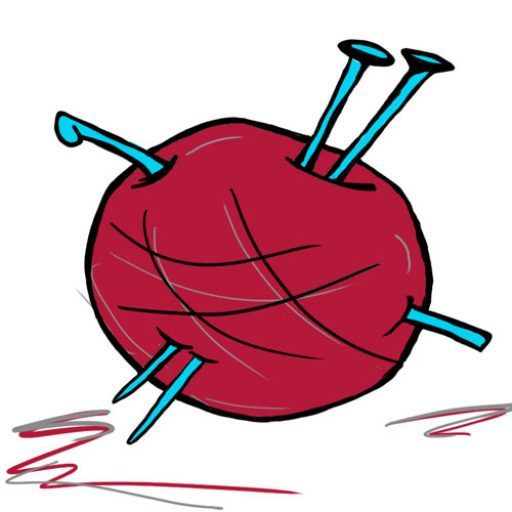


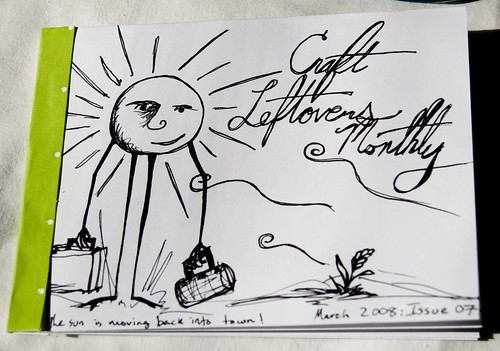
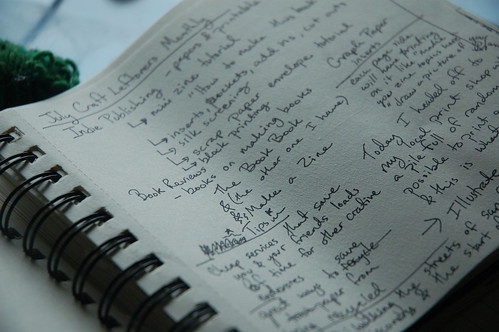

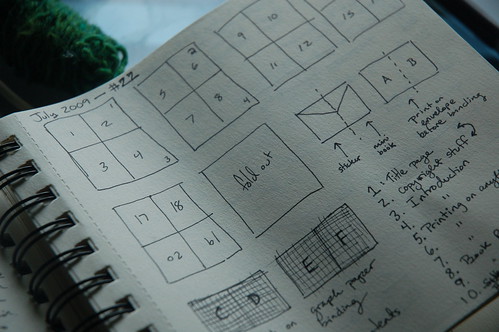

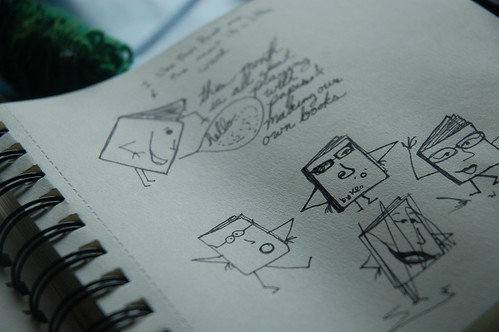

Thanks for linking to me!
And wow, what a process you go through. Fantastic- I’m always amazed at people who can produce something like this time and again.
Your hard so pays off!! I enjoy my monthly subscription and it inspires me!
I think you should sell your zines on both!! It is such a pain to keep having to make accounts just to order something!
Why not sell them from this site? Just the zines, maybe…..it is a thought………(not sure if you can do that either though)